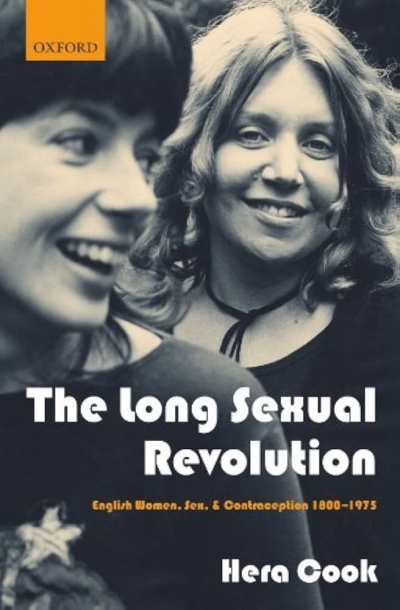In May 1965 the Victorian police raided a nondescript terrace house in East Melbourne. They were tracking illegal abortionists. Two doctors, one an outgoing social figure, bold and brassy, the other a quiet, studious man, were performing abortions on the premises. They had refused to pay protection money, and probably the raid was inevitable. The police rampaged about, taking files and notes, and eventually found three young and very groggy women who were clearly recovering from anaesthetic. The quick-thinking women claimed to be recovering from pelvic examinations, but the police were not fooled, and the women were rushed off to the Royal Women’s Hospital where a doctor probed them and their photographs were taken, legs apart. While the women were enduring this undignified end to their surgery, the doctors too were in trouble. With good lawyers, their hearings were adjourned, but they returned to their old work, a little more quietly, but still performing abortions.
...
(read more)




